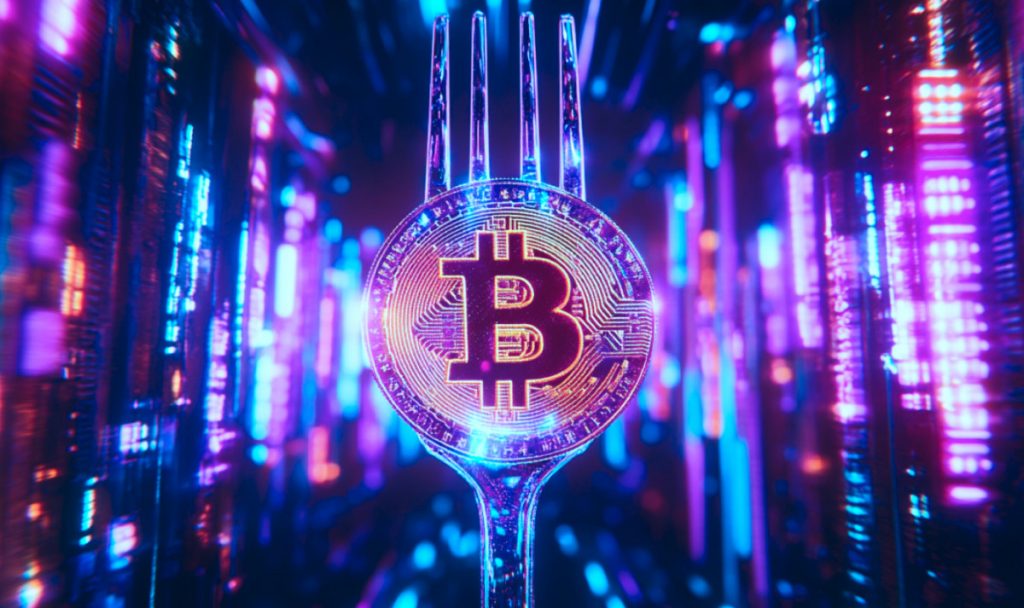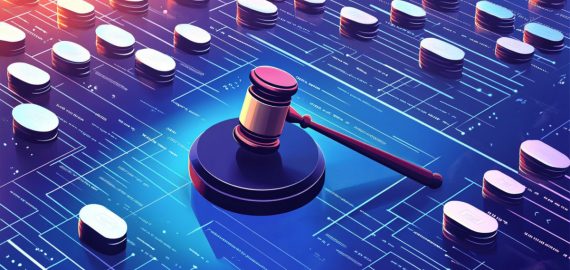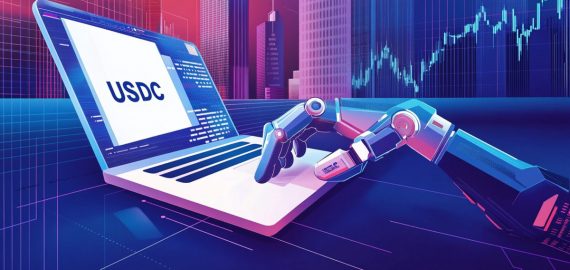BRC-100: BRC-20 Hard Fork Meta-Protocol Activated On Bitcoin Mainnet


In Brief
Mikael.btc announced the activation of the BRC-20 hard fork, marking the first Meta-Protocol Fork led by BRC-100.

Creator of the BRC-100 protocol stack and the Runes State Machine (RSM), Mikael announced the successful activation of the BRC-20 hard fork. This marks the first Meta-Protocol Fork led by the BRC-100 protocol, which has been activated on the Bitcoin mainnet at block height 859,490.
Now, BRC-20 holders have an opportunity to receive forked assets in the BRC-100 protocol. These funds are accessible for viewing and trading on the inBRC marketplace or on the 100Swap decentralized exchange (DEX).
Holders of BRC-20 should have automatically received their funds. However, for those utilizing different wallets, encompassing those on the centralized exchanges (CEXs) or Layer 2 scaling solutions, there will be a waiting period, as these platforms take their time to allocate the assets.
The objective of the upgrade was to tackle the existing restrictions of BRC-20, namely, its lack of programmability, non-Turing completeness, limited scalability, and absence of decentralized finance (DeFi). This update is anticipated to enhance BRC-20 by reactivating it and integrating it with the protocol. Meanwhile, forked assets received by holders will be enabled for participation in all DeFi applications inside of the BRC-100 ecosystem.
Notably, this hard fork serves as an upgrade to BRC-20 but is not compatible with the original BRC-20. It introduces programmability and DeFi functionalities through the verified technologies of the BRC-100 protocol.
What Is The BRC-100 Protocol And How Does It Work?
The BRC-100 protocol functions as an extensible decentralized computing protocol built on Ordinals Theory. It can be elaborated further to enable decentralized applications (dApps) on Bitcoin.
It presents a modular approach to protocols and applications via inheritance and nesting, offering a foundation for expanding both the protocol and its applications. It determines a token that possesses computing capabilities and state transitions. This increases the functionality of the BRC-20 protocol, and the computing power and state transitions are enabled to be enhanced via the BRC-100 extension protocol.
Disclaimer
In line with the Trust Project guidelines, please note that the information provided on this page is not intended to be and should not be interpreted as legal, tax, investment, financial, or any other form of advice. It is important to only invest what you can afford to lose and to seek independent financial advice if you have any doubts. For further information, we suggest referring to the terms and conditions as well as the help and support pages provided by the issuer or advertiser. MetaversePost is committed to accurate, unbiased reporting, but market conditions are subject to change without notice.
About The Author
Alisa, a dedicated journalist at the MPost, specializes in cryptocurrency, zero-knowledge proofs, investments, and the expansive realm of Web3. With a keen eye for emerging trends and technologies, she delivers comprehensive coverage to inform and engage readers in the ever-evolving landscape of digital finance.
More articles

Alisa, a dedicated journalist at the MPost, specializes in cryptocurrency, zero-knowledge proofs, investments, and the expansive realm of Web3. With a keen eye for emerging trends and technologies, she delivers comprehensive coverage to inform and engage readers in the ever-evolving landscape of digital finance.


















































